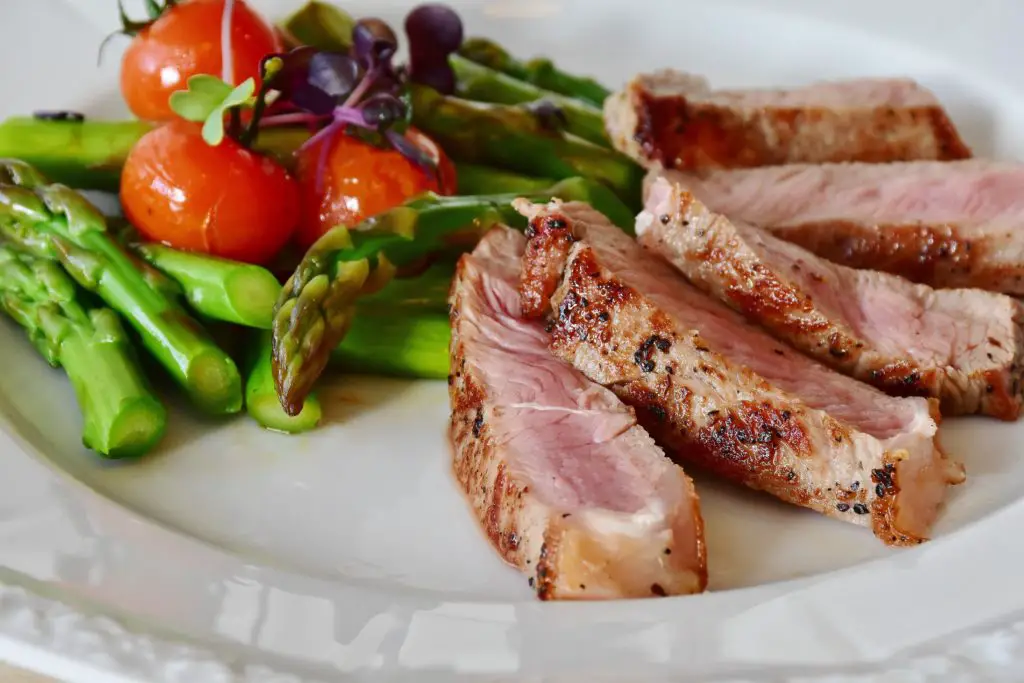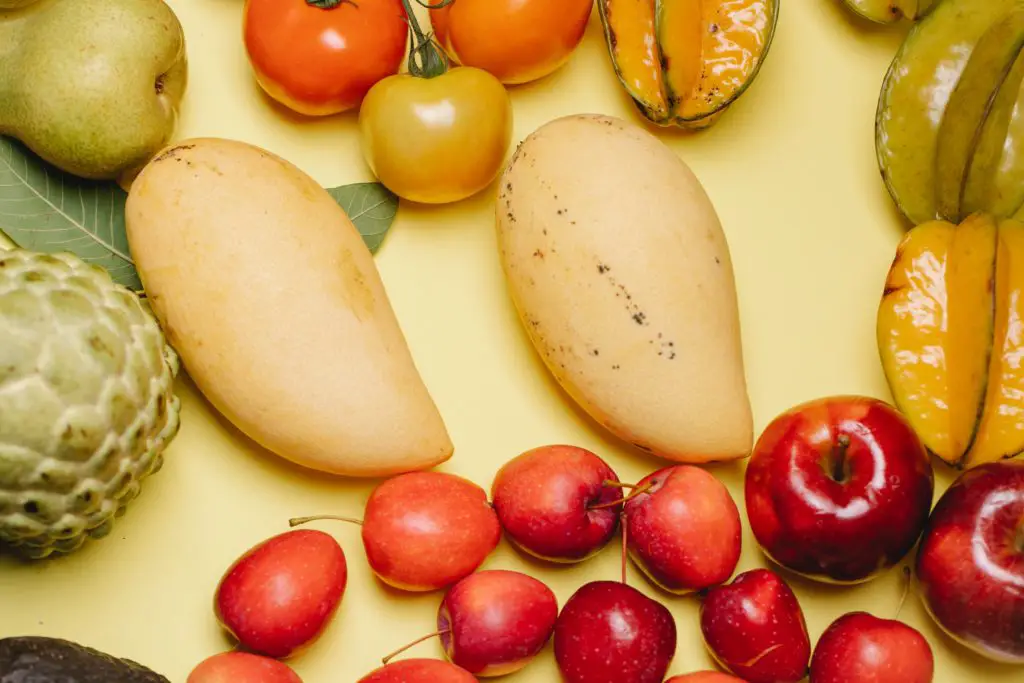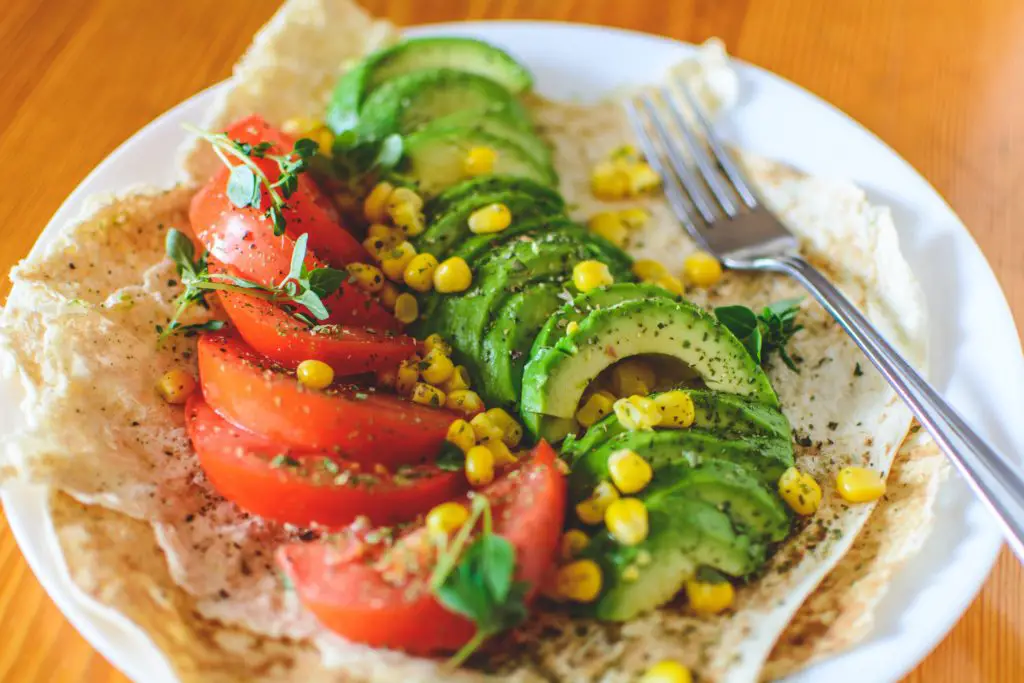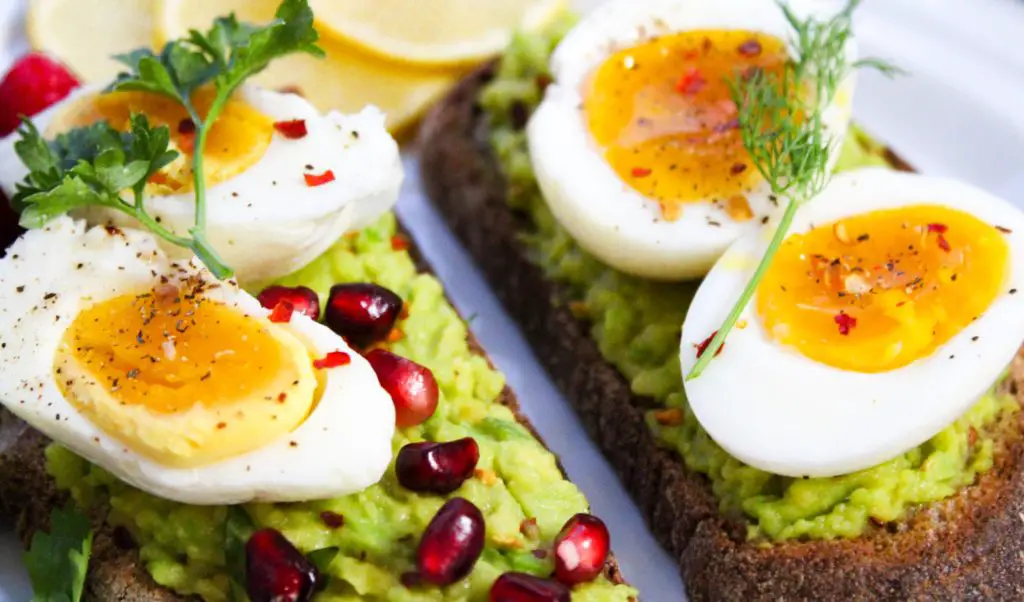What is Noom?
Noom diet plan could work for you if you thrive on smartphone apps and virtual interaction. With Noom, it’s not just about what you eat – but why you eat. Noom is about building self-awareness, accountability, and habits that can lead to weight loss and healthy weight maintenance.
On the Noom app, you log every meal and snack, plus your daily weight and exercise. Your virtual coach engages with you and offers encouragement through the app’s messaging feature. You also connect with your Noom support group coach and assigned group members.
Low-calorie foods are the nutritional basis of the Noom diet, which was developed with input by registered dietitians. Specifically, Noom encourages foods with “low caloric density,” meaning foods that are high in water and lower in calories by volume. Based on your individual weight-loss goal – the weight you want to reach by a certain date at your chosen pace – Noom calculates your daily calorie budget.
The Noom organization evolved from an exercise- and calorie-tracking app to today’s plan, which incorporates the psychology of behavior change psychology. The Noom team includes clinical psychologist Andreas Michaelides. Behavior change coaches, who are trained by Noom, are selected for their empathy and helpfulness and are not dietitians or nutrition experts.
Although Noom has been called a “Millennial diet,” the age range of users is actually spread fairly evenly among those 18 to 60 and older, with people ages 40 to 59 making up the largest proportion, according to the website.
Pros
- Coaching and group support.
- Flexible food choices.
Cons
- Lacks in-depth nutritional guidance.
- You’re glued to your phone.
Popularity
Noom Diet is Ranked:
- No.3 diet in Best Commercial Diet Plans (Tie)
- No.6 diet in Best Weight-Loss Diets (Tie)
- No.7 diet in Best Overall Diets (Tie)
- No.7 diet in Best Diets for Healthy Eating (Tie)
- No.7 diet in Easiest Diets to Follow (Tie)
- No.7 diet in Best Overall Diets (Tie)
- No.8 diet in Best Diets for Diabetics (Tie)
- No.8 diet in Best Fast Weight-Loss Diets (Tie)
How does Noom work?
You download the Noom app and click through a series of questionnaire screens with items such as your weight-loss goal, gender, age, and starting weight, as well as your preferred weight-loss pace. Other screens woven into the mix include promotional messages, snippets of Noom philosophy, and positive research results. You can get many popular books on Noom Diet. They are suitable for both beginners as well as experts.
More in-depth demographic items probe your general diet, activity, lifestyle, environment, and eating habits, and whether you have or are at risk for a list of diseases including heart disease, high blood pressure, and diabetes. Based on your combined responses, you’re told the specific date by which you’ll reach your goal weight.
You won’t start off with an explicit meal plan. Instead, the Noom app reacts to the data that you log on which foods and how much you eat. To help shape your choices, Noom provides three color-coded food categories. Food is grouped by its caloric density and concentration of healthy nutrients.
- Green foods – like fruits, veggies, and whole grains – are the healthiest choices.
- Yellow foods – like lean meats and starches – should make up a moderate proportion of your daily diet.
- Red foods – like red meats and desserts – should be eaten less frequently and in smaller portions.
Foods in the green category make up about 30% of a balanced diet, but you can always eat more green items to keep your calorie count down, Noom advises.
As you log every food and beverage with each meal or snack, the app automatically tallies the calories you’ve consumed and informs you of your remaining allotment. As you log your food entries, pithy positive comments (“Fruit: Smart choice! Good job.”) provide instant feedback. When you log your daily weight, it’s automatically graphed so you can see how it trends. Your coach checks in with you frequently with encouragement and upbeat messages.
Once you begin your support group, topics include tips on distraction-free eating, strategies for staying active, creative ways to drink water, and motivation vs. momentum, among others.
If you’re looking for macronutrient counts beyond calorie density, such as sodium, potassium, protein, total cholesterol, and fat breakdowns for each food, you’ll have to seek that information on your own.
How much does Noom cost?
After you complete the demographic questions, you can start a two-week Noom trial at a nominal cost, like a $10 fee (that may be waived). However, you must supply your credit card information then and there, and the full subscription fee will be automatically charged to your account when your trial period ends. As of May 2020, the original cost was $129 for a three-month plan, but you may see discount offers of up to 80%. Custom meal and/or workout plans are available as an add-on. The full list price for a customized meal plan is $100, but discounts are possible.
Will Noom help you lose weight?
You will likely lose weight on the Noom Diet plan. In general, diets that emphasize low-calorie-dense foods have been shown to promote fullness on fewer calories and result in weight loss, according to the Centers for Disease Control and Prevention.
Research on low-calorie-dense diets (like Volumetrics and similar plans) supports their effectiveness:
- A study in the May 2018 Journal of Nutrition compared weight loss with a low-calorie-dense diet versus unrestricted eating in almost 100 obese or overweight women in the U.K. Those following low-calorie-dense diets lost more weight and reported fewer cravings during the 12-week study period.
- A systematic review that included 13 studies, published in the April 2016 issue of the journal Nutrients, supported the link between weight loss and low-density foods.
- A later October 2016 study, released in the European Journal of Nutrition, compared eating patterns among more than 9,500 adults. People who consumed higher proportions of low- and very-low-calorie-dense foods had lower body mass indexes (or BMI, which takes both weight and height into account) and smaller waist sizes, and were less likely to be obese.
According to the Noom website, the average weight loss for people who complete the program is 7.5% of their body weight, with 60% of users maintaining their weight loss one year after being on the plan.
The Noom website lists multiples studies supporting the plan’s weight-loss effectiveness. However, many of those studies include Noom team members among the authors.
Studies conducted both by Noom and independent sources support the usefulness of smartphone apps in promoting and maintaining behavior changes in motivated individuals.
How easy is Noom to follow?
The Noom is ranked #7 in the Easiest Diets to Follow
You’ll have to cut down on high-calorie, fatty, and sugary foods. Because Noom is based on tweaking your personal food choices rather than restricting entire food groups, it may boost your chances of sticking to it over time.
- Following Noom is fairly easy. The app’s food database includes hundreds of thousands of items, including whole foods, commercial products by brand name, and menu selections from national restaurant chains. Noom provides nutritional tips in bite-sized doses as you go along each day – you won’t be overwhelmed with information at once.
- The Noom app offers simple recipes. The app also alerts you if recipe items will take you over your daily calorie budget, which is instantly recalculated whenever your log meals or snacks. Nutrition information for each recipe is limited to calorie counts for each ingredient. Fat, carbs, sodium, protein, and other nutrient content are not addressed within recipes.
- Eating out is possible on the Noom Diet. The Noom database includes meals from more than 850 restaurants and chains, or you can simply enter generic dishes. A “Menu Decoder” piece guides you through types of foods like starters (appetizers) and points out specific dishes from a few chain restaurants with stunningly high-calorie counts. A quick pop quiz takes you through characteristics of typical restaurant meals, such as portion size, calorie density, and salt quantity. Word lists that relate to healthy (light, fresh, etc.) or unhealthy (deep-fried, creamy) dishes can help narrow down your menu selection. Alcohol is allowed – whatever fits into your calorie budget. However, wine is a “red” category item and should be consumed less frequently and in small amounts.
- Noom can be time-consuming. Logging every meal and responding to multiple messages from your coach and support group means Noom requires your attention (although in small increments) throughout the day. Meal planning and shopping may not change that much from your pre-Noom routines.
- Noom Diet resources are quickly accessible. With the Noom app, resources from recipes to coaching and group support are at your fingertips.
- You should be able to feel full on Noom. By pairing low-caloric density, filling foods (like spinach or oatmeal) with modest portions of high-density foods (like desserts) you can satisfy cravings instead of feeling denied. Nutrition experts stress the importance of satiety, the feeling that you’ve had enough to eat.
How much should you exercise on Noom?
Exercise – and just helping you move more – is another daily behavior change that Noom supports. Noom uses the built-in motion sensor in your smartphone to track your walking by counting your steps. You can increase your step goal whenever you’re ready. You can also track running or multiple other fitness activities with the app.










